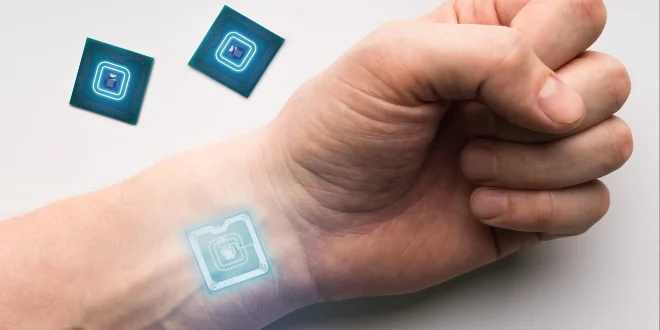Researchers have invented a wireless charging device designed to be implanted under the skin, which could revolutionize the way bioelectronic devices, like sensors and drug-delivery systems, are powered in the body. This innovation, successfully tested in rodents, could eliminate the need for bulky batteries and wiring in medical implants if it shows similar effectiveness in humans.
The necessity for such a device arises from the limitations of current bioelectronic devices, which rely on the capacity of onboard batteries. Connecting these systems to an external power source significantly increases the risk of infection.
As a solution, scientists developed flexible, biodegradable chips that can conform to tissue shapes during medical procedures. This breakthrough was detailed in a research paper published in the journal Science Advances. Study co-author Wei Lan, a professor at Lanzhou University in China, highlighted the prototype’s potential to provide effective and reliable energy solutions for a range of biodegradable implantable medical devices.
The device operates differently from traditional batteries, which store energy chemically. Instead, these supercapacitors store energy as electrical power. Although they hold less energy per unit than batteries, their high power density allows for rapid energy discharge. The researchers integrated this technology into a biodegradable chip-like implant, combining energy harvesting and storage capabilities.
When connected to a medical device, the implant ensures a steady power supply by directing energy through the circuit into the capacitor. In rat experiments, the wireless implant worked effectively for up to ten days and fully dissolved within two months, confirming its biodegradability. Lan suggests that the device’s durability could be extended by reinforcing its protective layers.
However, before human trials can commence, several challenges must be addressed. For example, rats with uncharged implants showed some passive drug release, and the researchers have not yet developed a mechanism to turn the device on or off; it stops working only when power is depleted. Future research will focus on resolving issues related to the device’s size and ensuring its complete biodegradability.


